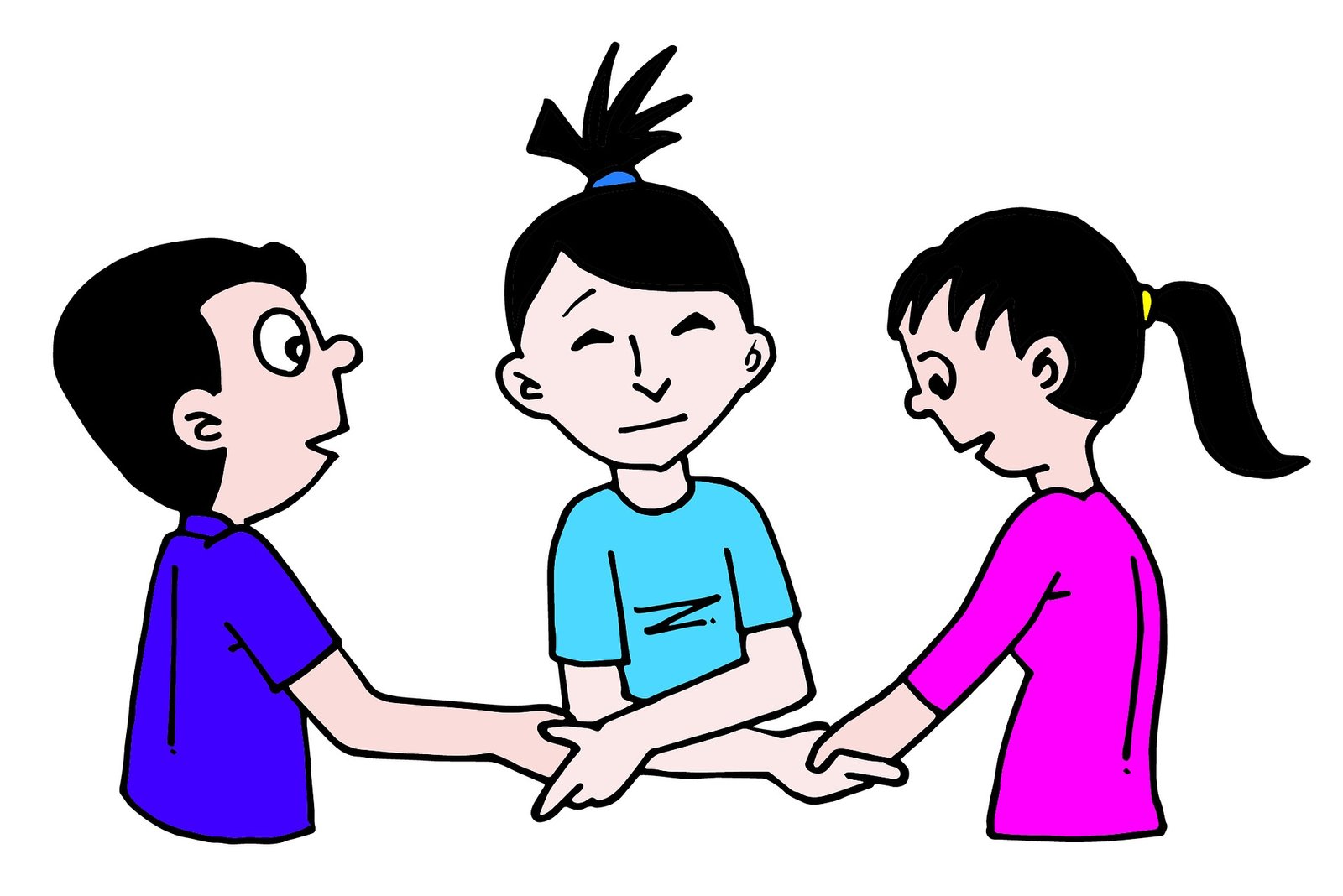The following formal framework will guide participants through the IBC process and will facilitate the application of the principles.
Preparation – how to prepare for the Conversation.
Take time to identify sources of information and to gather relevant information. Sometimes this may mean doing self-reflection. Other times you may want to talk with friends or colleagues. The more you understand yourself and the problem, the more effective you will be as a negotiator. You will have thought about your BATNA, position, interests, and options. It would be best if you had made some assumptions about the other parties’. You may also want to make sure you plan to communicate with the right party.
Introduction and expectations – how will we, as IB Communicators, conduct the conversation?
When you sit with the other party, you need to set a stage for the tone and pace. By doing this, you achieve a mutual commitment to work with each other to reach a mutually satisfactory agreement. Get rid of distractions such as phones and electronic devices.
Issues – Discuss and define what the issue is.
Discuss what is happening now. Why have you come together to negotiate? Reframe the issue in a way that sums it up in a positive statement. This sets a mutual plan for resolution. (i.e. what is the presenting problem?) The behaviour, not the person.
Interests – Identify the interests of both parties.
This stage transforms the discussion from positional to interest-based. It is the time to openly and honestly share the reasons you hold your position and to listen to the other party’s interests actively. “Seek 1st to Understand”. Clarify any assumptions and peel the onion.
Joint Issue Resolution Question.
Frames both parties’ interests as the problem to be resolved in the form of a question. If we could come up with a way to meet your interest in ___ and at the same time meet my interest in_____, would that solve the issue we have? If yes, move to the next step; if no, revisit interests discussion.
Solutions – Generating Options and solutions. How can this problem be solved?
This is the time to craft a solution. Use the interests generated in the last stage, especially those in common, to brainstorm options for an answer. Let your imaginations run wild, and don’t evaluate until all possible alternatives have been generated. Set criteria to measure the potential solutions. Test the options to see if they are applicable in the actual work world. Then you are ready to select the best choice and establish an agreement on how both of you will implement it. The deal, if achieved, will include who is responsible for doing what, when it will be done, and how you will know that it is done.
Agreements.
Efficient (deal with both parties’ interests), fair, durable (stand the test of time and should be enforceable). How do we address it when and if one person is not holding up their end of the agreement?
IBC Skill Scenario Observation Grid
- Behaviours. Focus on the behavior not the person, no labels and acknowledge their lack of intent.
- Emphasis on personal Impact – How the behavior has impacted them, the team etc.
- Seek first to understand-Listen!
- Understand their interests before you share yours- How do you know you have understood?
- Ask why things are important
- Clarify responses
- Reframe
- Peel the onion
- Keeping digging to ensure you are dealing with interests and not positions.
- Propose the Joint Issue Resolution Question (JIRQ) – Be open, brainstorm, do not rush to solutions and ensure that all options speak to the interests of both parties.
- Explore Options – Only after ALL options have been measured against interests. Use objective criteria here as well: costs, legal, as well as perception etc.
- Resolution and Revisit agreements – as needed.



